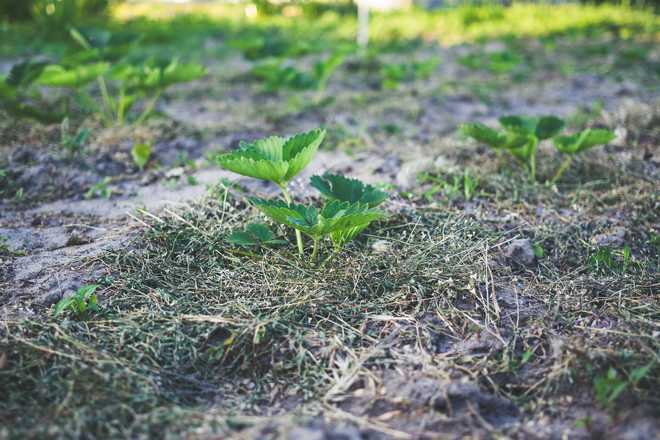
Easy to work, a sandy or sandy soil heats up very quickly in spring, which allows the cultivation of low-consumption vegetables and early vegetables in the vegetable garden. But it is also a soil that needs to be amended to become more consistent.
What is the difference between sandy soil and sandy soil?
It is the proportion of sand that determines whether your land is mostly sandy or if it is sandy.
In sandy soil, the proportion of sand is slightly higher than that of the other elements that usually characterize a soil: silt, clay, limestone or humus.
But if the sand largely dominates all these elements, the soil is qualified as sandy.
The advantages of a sandy soil
- A sandy soil is very light, therefore easy to work with a spade or with a simple claw.
- It heats up very quickly on the first beautiful days of spring, which benefits the early sowing of the year. The harvests are often advanced there.
The disadvantages of sandy soil
- Sandy soil is porous, so nutrients tend to be quickly leached to the depths. This type of soil is therefore generally poor. Additions of organic fertilizers are necessary regularly.
- Too porous, it also retains water poorly.
- Depending on the region, it can be too hot in summer. Frequent watering and mulching are then necessary to compensate.
- In dry weather, scabs easily form on the surface, preventing the germination of delicate plants such as carrots.
- In rainy regions, the pH of sandy soils tends to drop: they become acidic.
How to improve sandy soil?
In order to make a sandy soil fertile, it must above all be amended to make its structure less porous. This is to increase the amount of humus it contains. Stable humus acts like a sponge, retaining water and nutrients as close as possible to the roots of plants.
This amendment work is long and must continue for many years. There are two types of amendments that make it possible to give more consistency to a sandy soil.
With contributions of compost
You can add compost very regularly on the surface. Spread it out with a rake in 5 cm thick layers, without burying it.
It is the earthworms and microorganisms that will take care of incorporating it into the first few centimeters of the soil. Then just scratch the soil when preparing it for sowing or planting.
With green manure crops
You can also sow green manure between two crops (melilot, phacelia, rye or lupine) or as soon as a piece of your vegetable garden becomes available for several weeks. Thanks to their root system, these green manures will retain nutrients near the surface and increase soil biomass.
In fact, all you have to do is mow them and possibly grind their remains after the end of flowering, then leave them to decompose for a while on the ground so that the earthworms can gradually incorporate them.
Green manures are essential: they protect the soil from erosion, they smother weeds, promote microbial life in the soil, the multiplication of earthworms, and they provide nitrogen fertilization without excess.

What plants to grow in sandy soil?
In the garden, all the vegetables that do not require much nutrients and which, moreover, fear excess soil moisture, thrive in sandy soil.
You can therefore cultivate bulb vegetables there: garlic, onion, shallot and certain aromatic plants of this family such as scallions, chives or even other herbs such as thyme and rosemary, which are quite sensitive to the ‘humidity.
When they are richer in humus, sandy soils are also very suitable for strawberries and leeks, which require more organic matter, and for many root vegetables such as carrots or parsnips, which grow straight, without forking, in this area. loose earth.
Finally, the first vegetables to be produced in spring (salads, radishes, potatoes) take advantage of the rapid heating of the soil for an early harvest.
